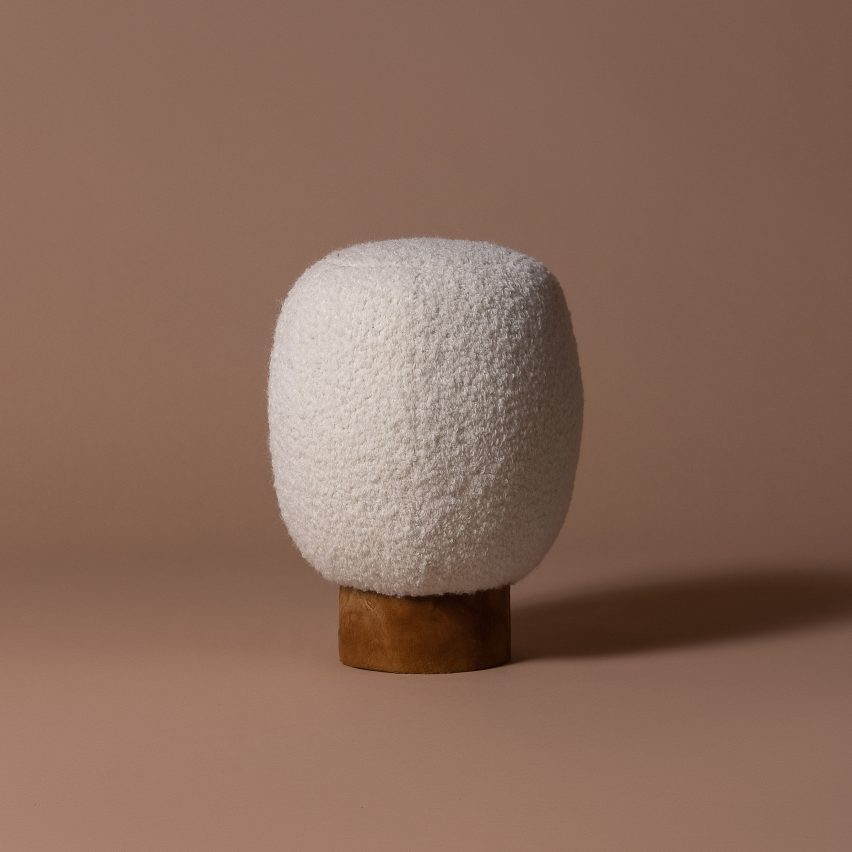
Furniture designer Mari Koppanen has resurrected a suede-like material, historically made in parts of central Romania from hoof fungus, to upholster a rotund stool and matching bench.
The Fomes range was designed in homage to its titular fungus, which is also known as fomes fomentarius and grows mushrooms shaped as a horse's hoof. Its wooden legs are made from the same birch trees on which it commonly grows.
These are topped with fluffy wool seats and enveloped by sheets of amadou, a leathery material derived from the fruit of the fungus that craftsmen in the region of Transylvania have been using to fashion alpine-style hats and other accessories since the 1840s.
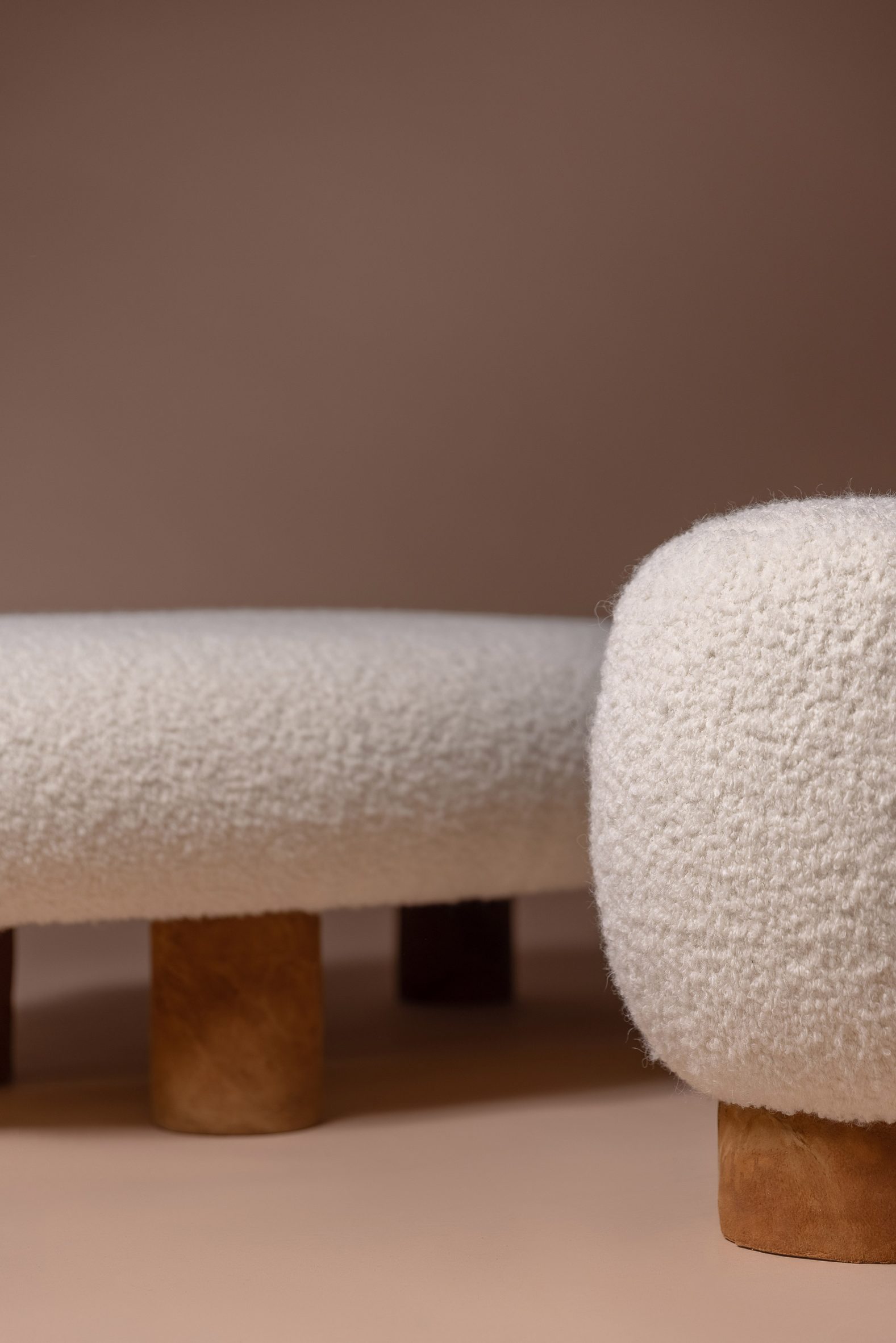
By reimagining it for use in contemporary furniture, Koppanen hopes to preserve this dying skill as well as exploring the material as a substitute for animal leather.
"The craft is in danger of disappearing as the number of families practising it has reduced noticeably during the past decades," said Koppanen, who is researching amadou as part of her doctorate at the Oslo National Academy of the Arts.
"It is a unique craft and the material could have big potential in the future," she told Dezeen. "Compared to leather, it does not require killing an animal or heavy processes of soaking, tanning and dyeing. The material is fully biodegradable, cruelty-free and natural."
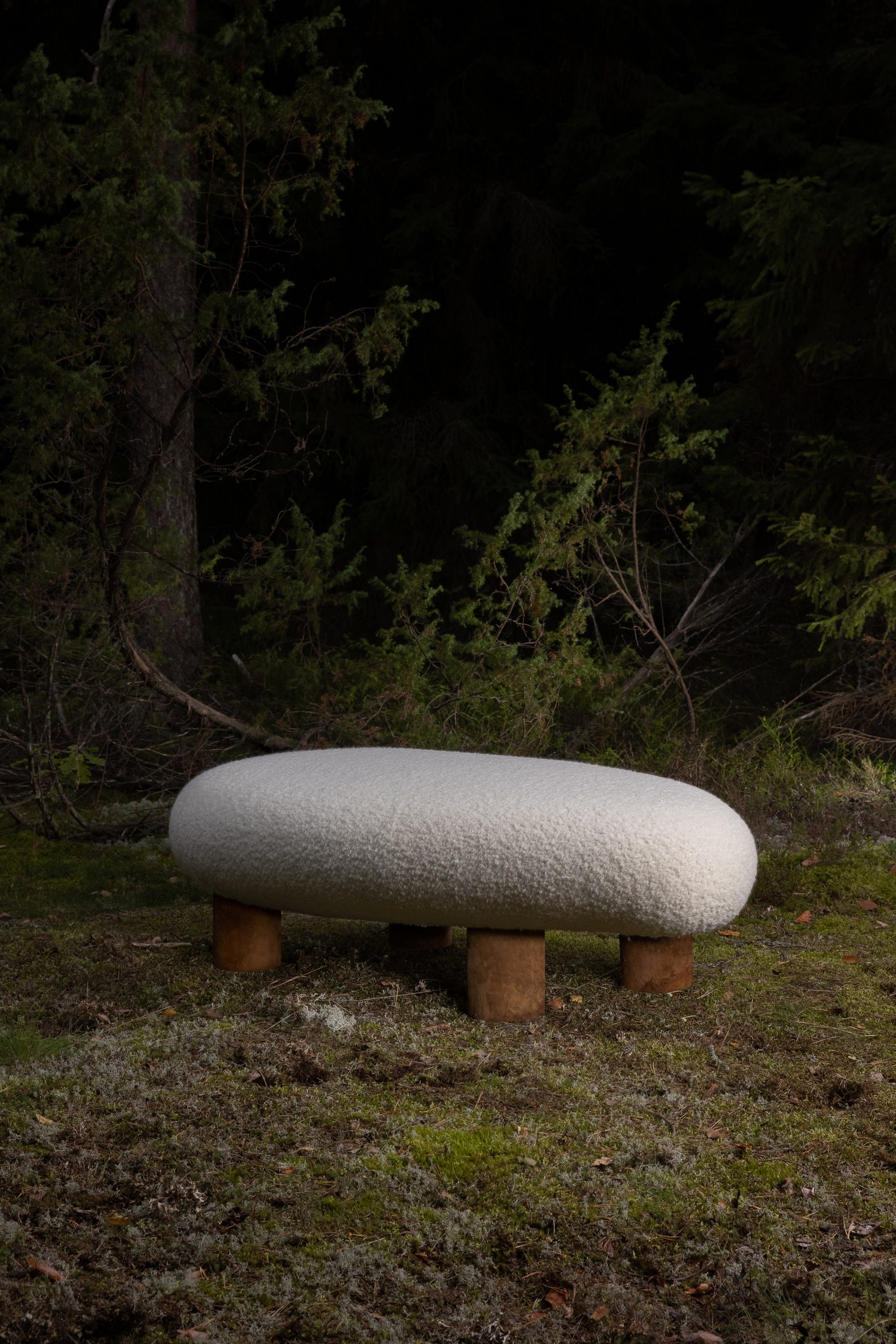
Koppanen started learning how to work with amadou for her master's project four years ago, spending a week with some of the families who have been practising the craft in the eastern Transylvanian village of Corund since the 19th century.
Although few practitioners remain, she says the tools and techniques are the same as they were almost 200 years ago.
"The knowledge is transferred from mouth to mouth and has been passed from one generation to another," the Finnish designer explained.
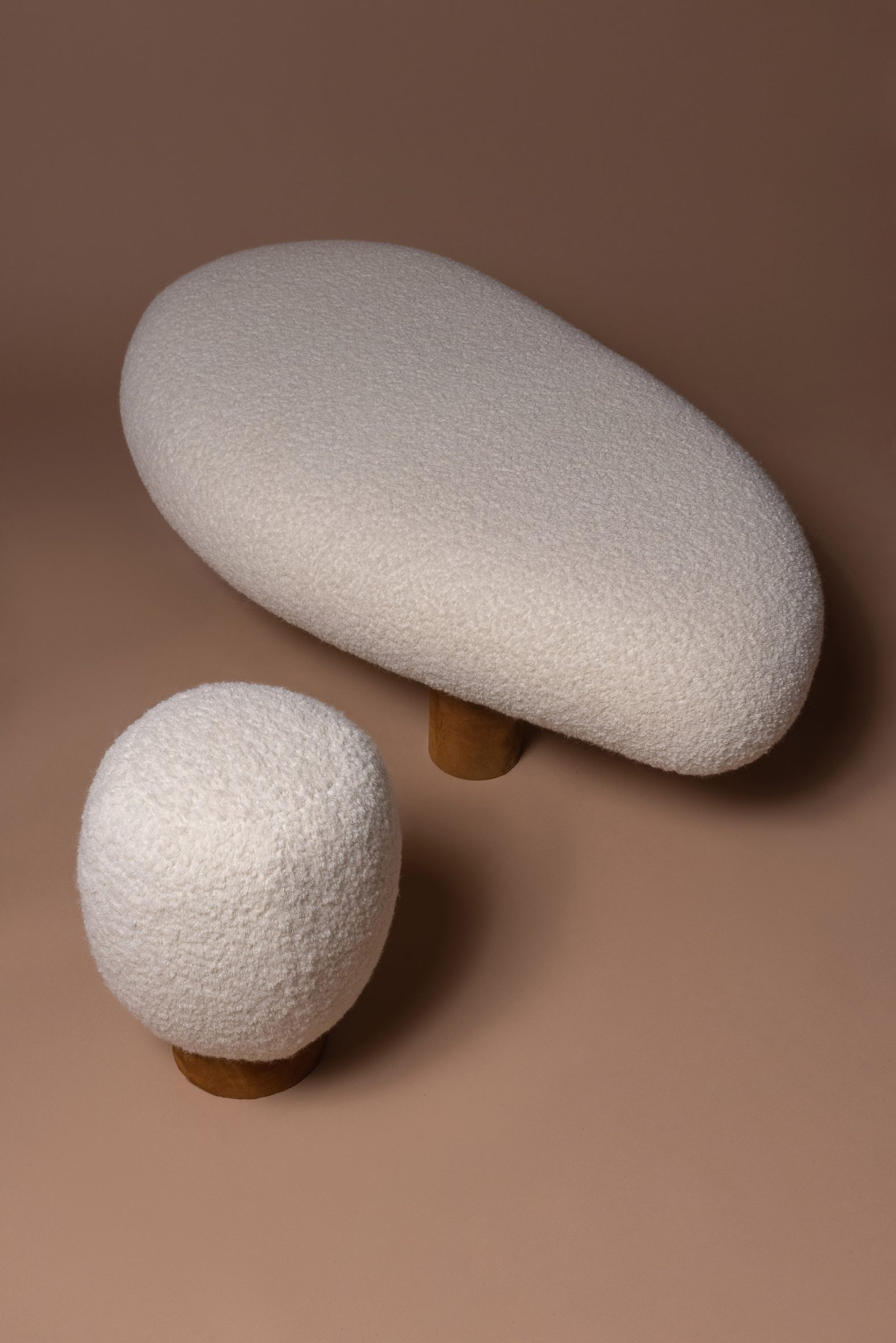
The process starts by using a sharp sickle to peel away the hard, crusty outer layer of the hoof fungus.
This reveals its spongey insides, which are trimmed into shape and carefully stretched and flattened out by hand using small circular motions before being left to dry.
"It looks easy but requires lots of practice and knowledge," Koppanen said. "You will also have to know which fungi to pick by looking at their age, colour and shape. I got my tuition from the experts but I'd definitely need 10 more years to master it."
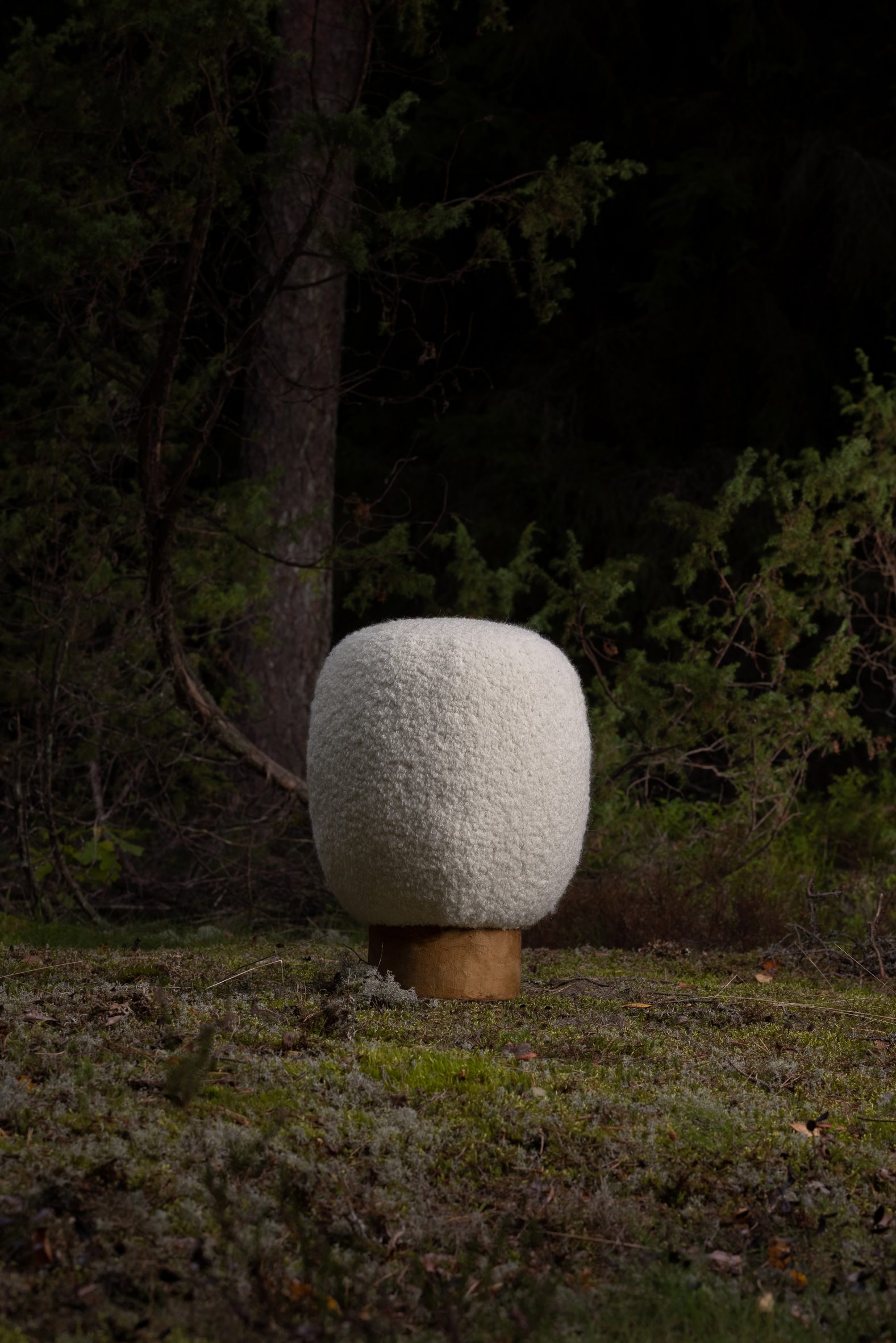
Traditionally, pieces of amadou are connected using a glue made from animal bone collagen. But Koppanen has instead opted for a vegan bookbinding glue, sourced from a small shop in her native Helsinki.
The mushroom leather itself has a texture and warm brown colour that is reminiscent of suede, although its fibres are shorter and slightly less durable.
Amadou has long been used as kindling and scraps of the material were found on the mummified remains of Ötzi the Iceman, who died in the Alps more than 5,200 years ago.
But amadou's spongey texture also makes it highly absorbent, with dentists using it to stem bleeding before the advent of medical cotton.
"The material seals the liquid inside itself and has an anti-inflammatory effect," Koppanen said.
"The fruiting body of this fungus can grow for up to 10 years, which is a long time for a mushroom, so it produces antiseptic enzymes to defend itself from different threats such as insects and larvae."
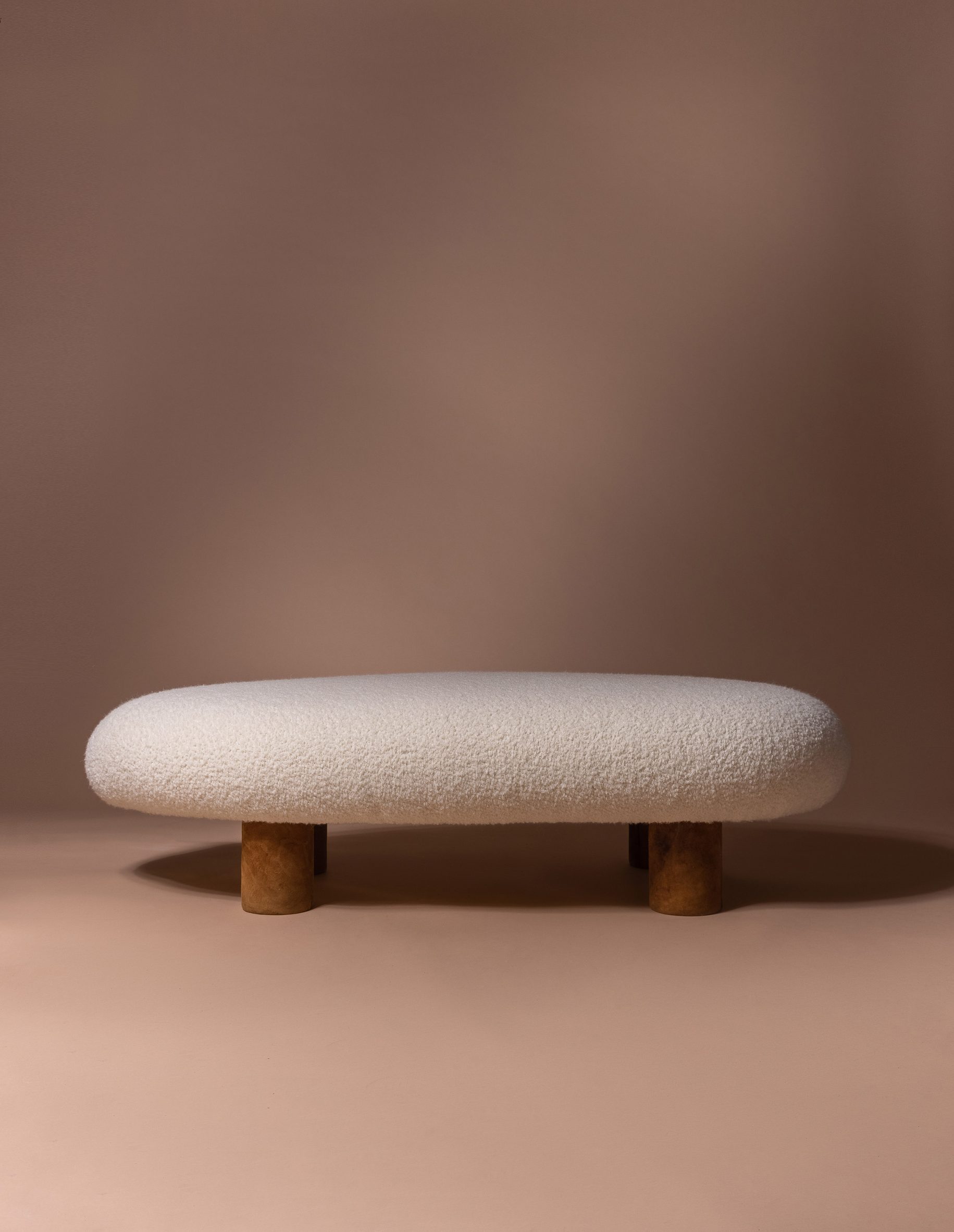
Koppanen has used amadou as a substitute for animal leather in a range of contemporary design pieces, including bags and vests.
But large-scale adoption of the material is limited by its supply, and according to the designer should always go hand-in-hand with an appreciation of its history.
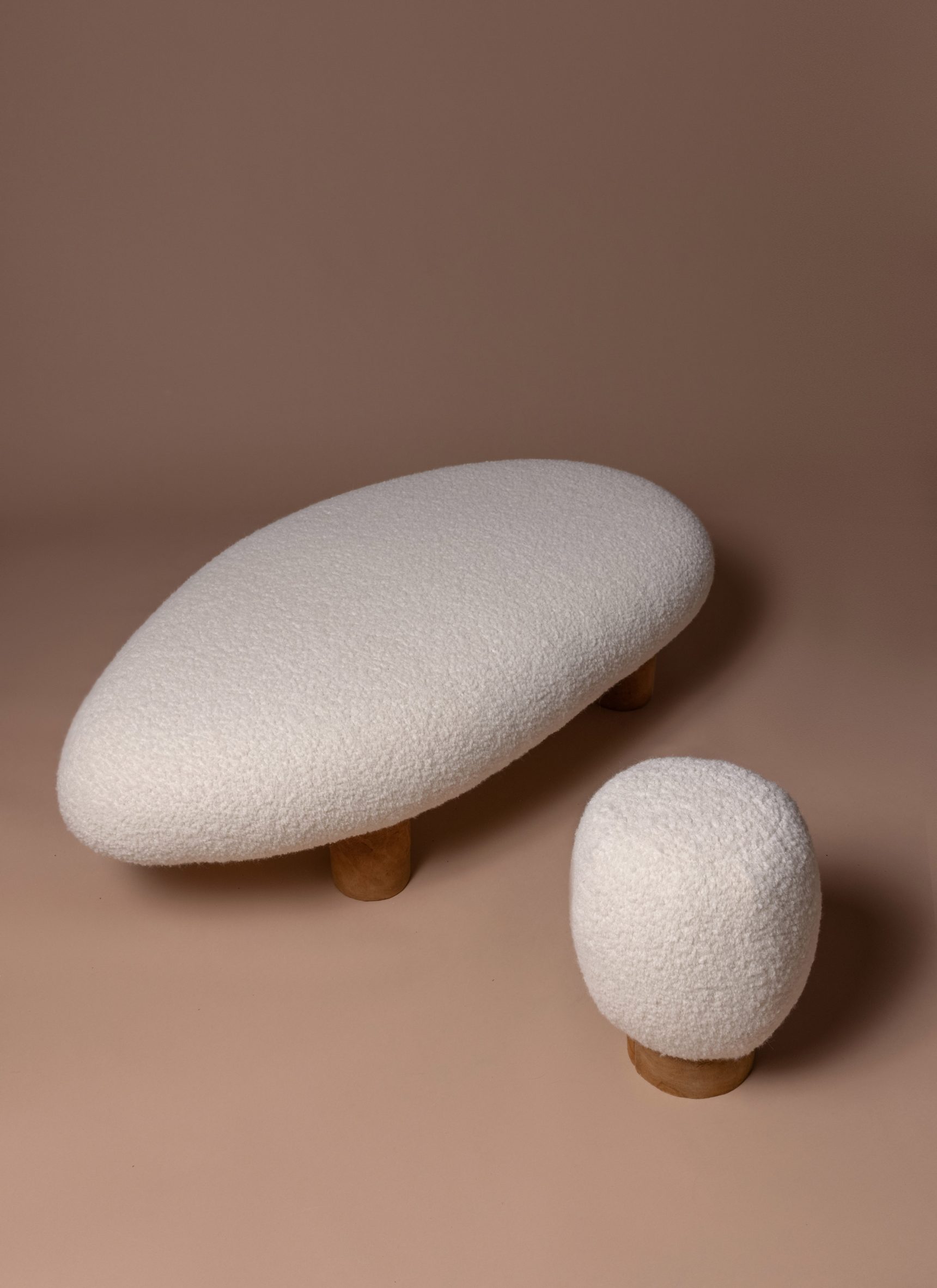
"Tinder mushrooms grow widely in Europe and North America but they require quite a specific environment and circumstances to grow the soft and flexible layer needed to make amadou," she said.
"It is a limited resource, not only geographically but also because you have to be a talented handcrafter to know which mushrooms to pick and how to process them," she added.
"I don't believe amadou offers a direct alternative to harmful textile and leather mass production – at least not yet," she added. "But it offers us a great direction to strive for."
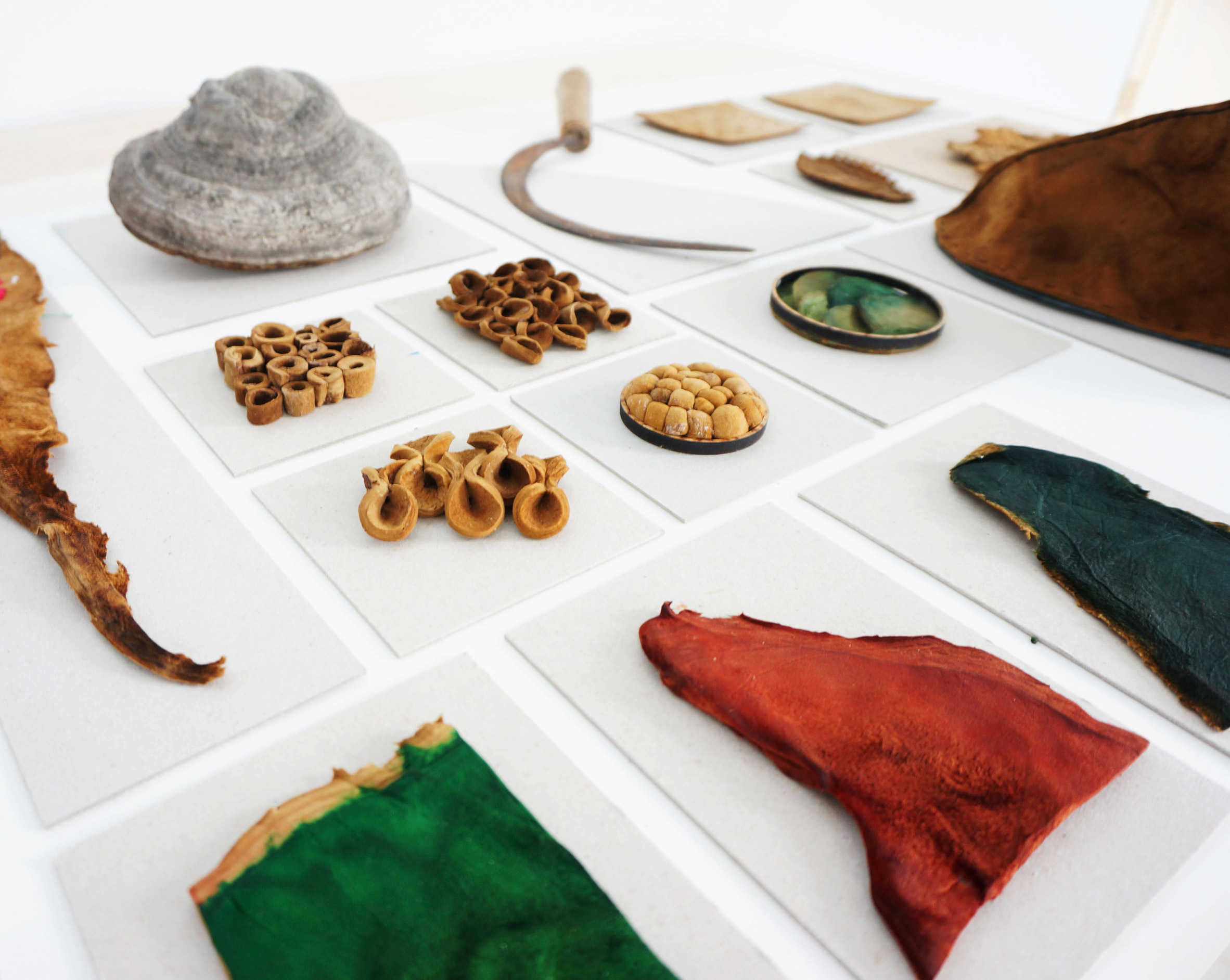
Mushroom leather has become a buzzword in the fashion industry in recent months, as major brands including Hermès, Stella McCartney and Adidas are experimenting with using the material as an alternative to animal hides.
Rather than relying on a traditional craft process like amadou, these are generally produced in labs by biomaterial companies and make use of the root system of fungi, known as mycelium, rather than their fruits.
All photography is by Jere Viinikainen unless otherwise stated.
The post Mari Koppanen wraps seating collection in traditional Transylvanian mushroom leather appeared first on Dezeen.
from Dezeen https://ift.tt/wM5zcRNgX
No comments:
Post a Comment